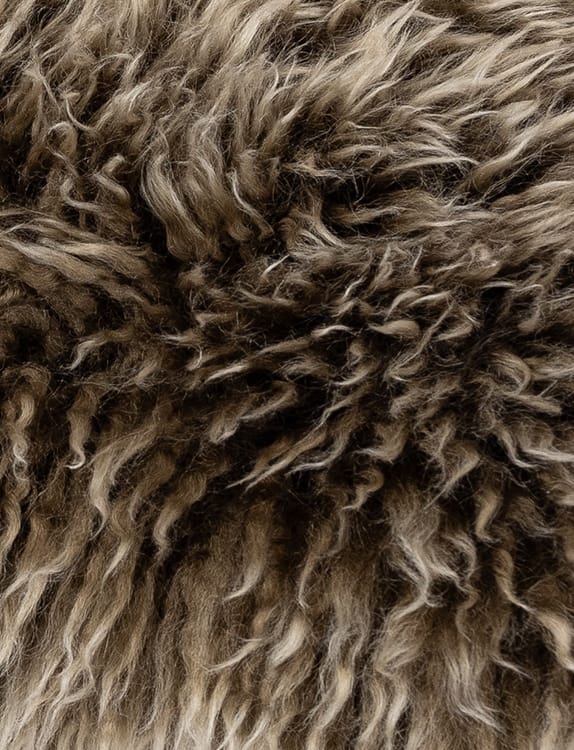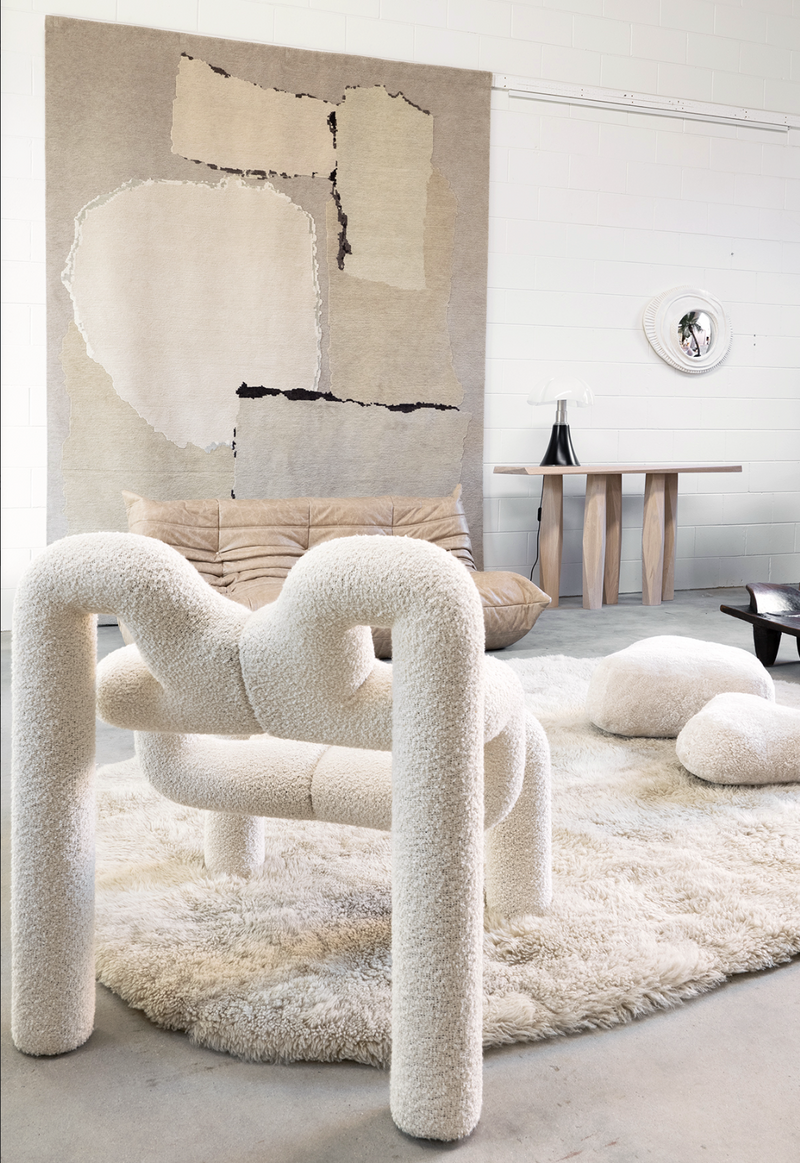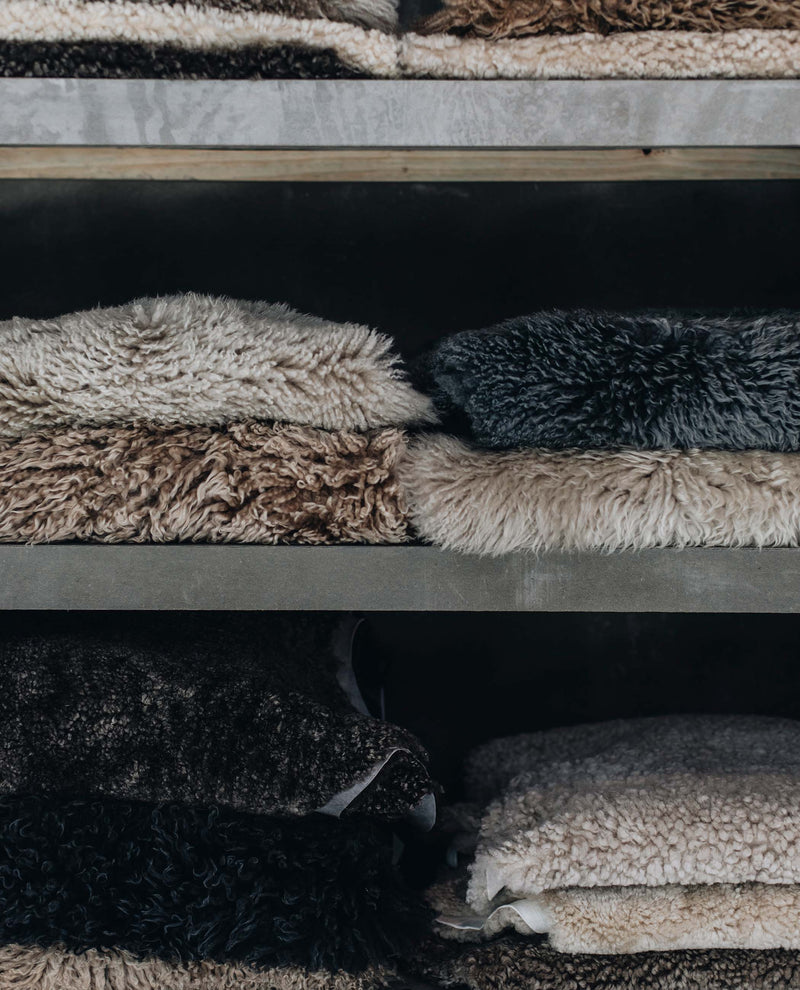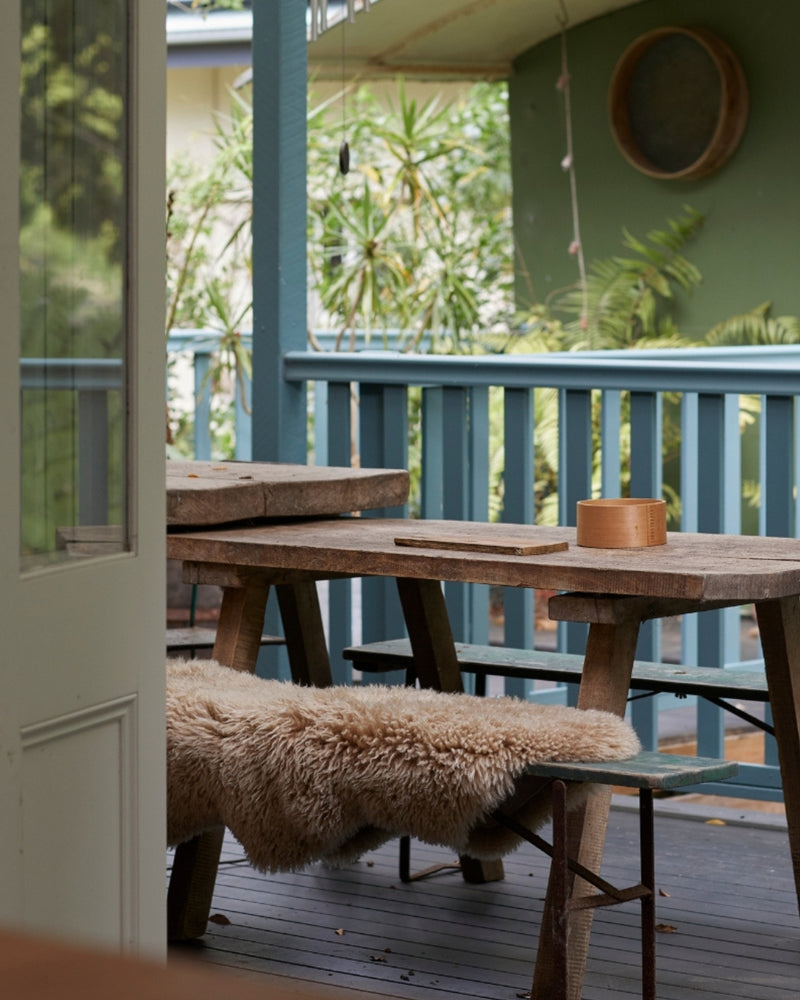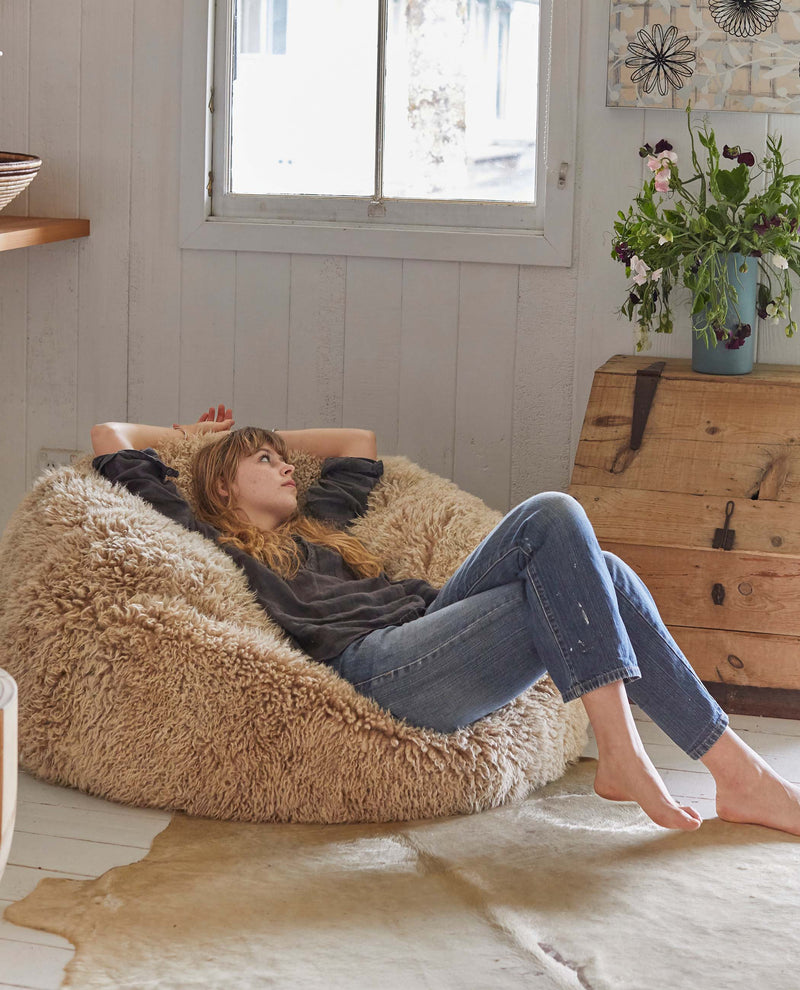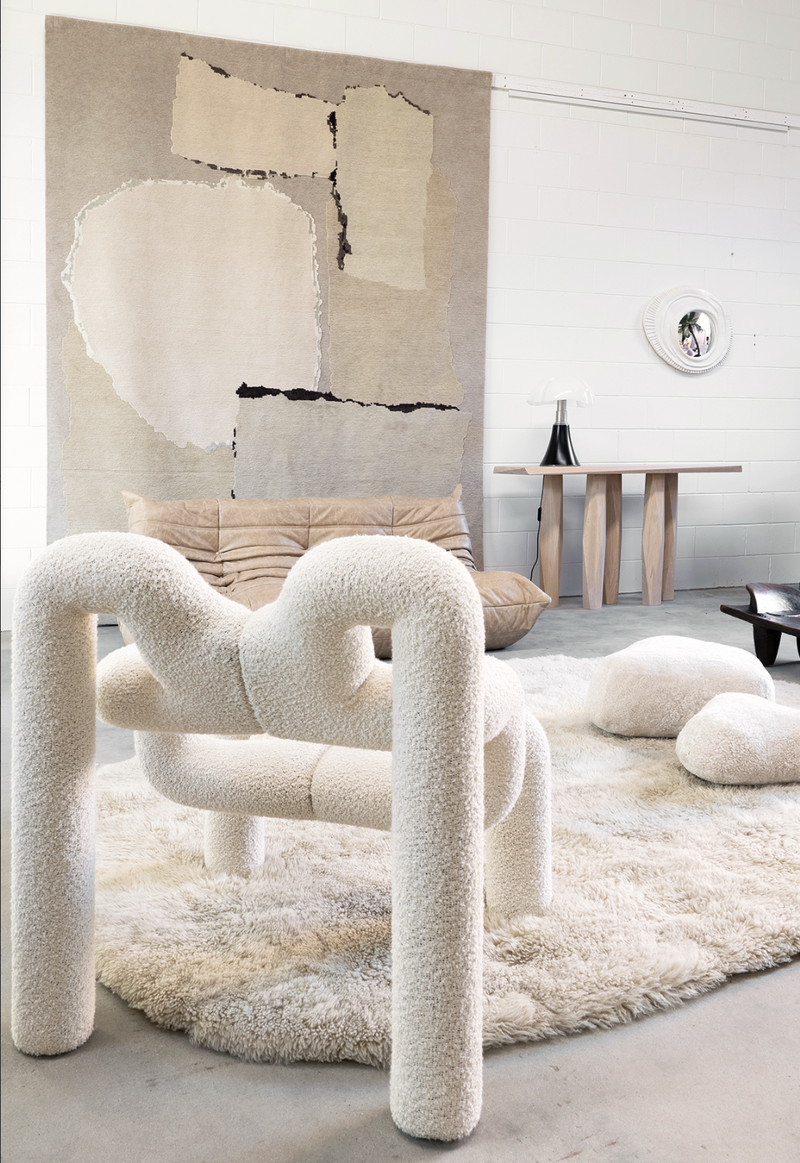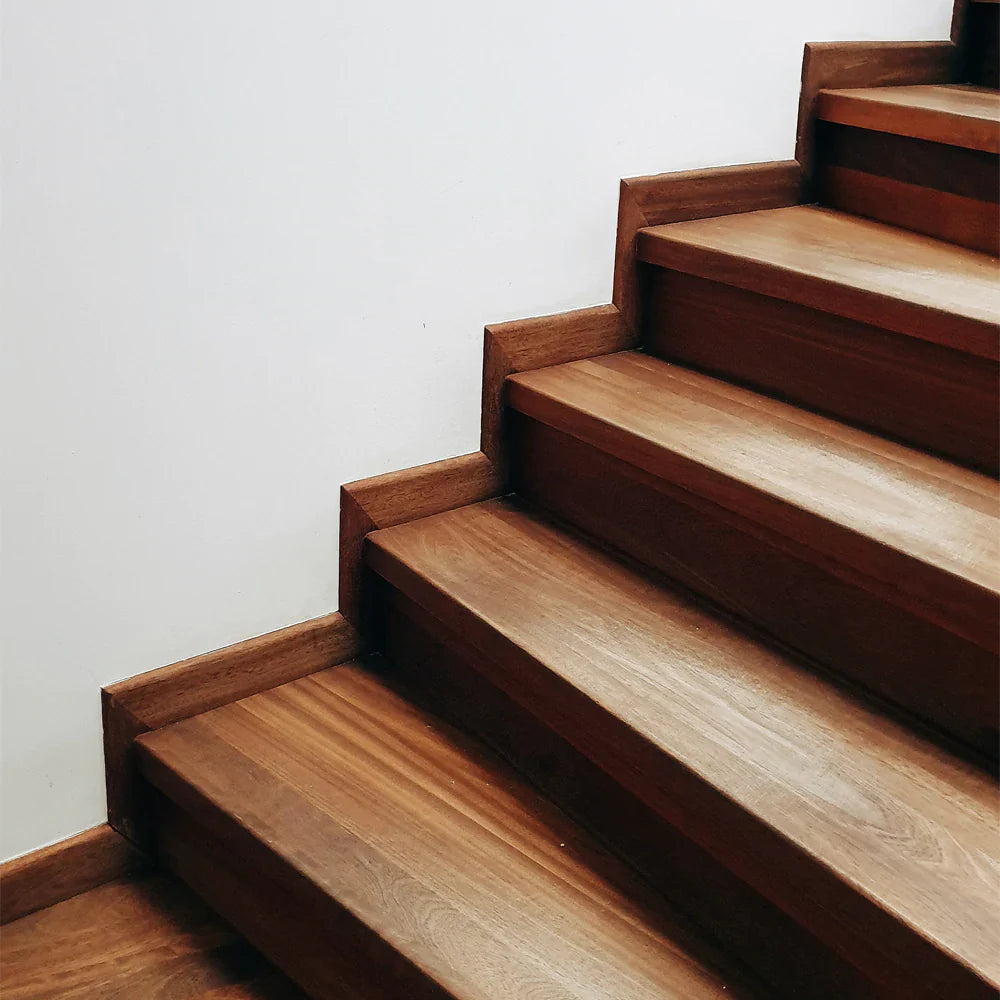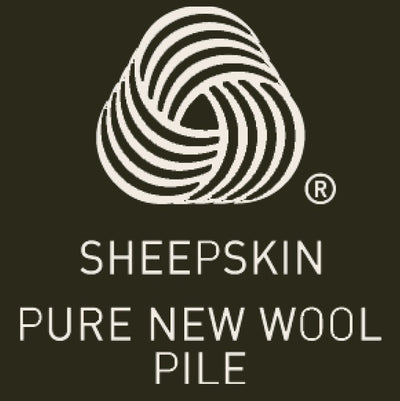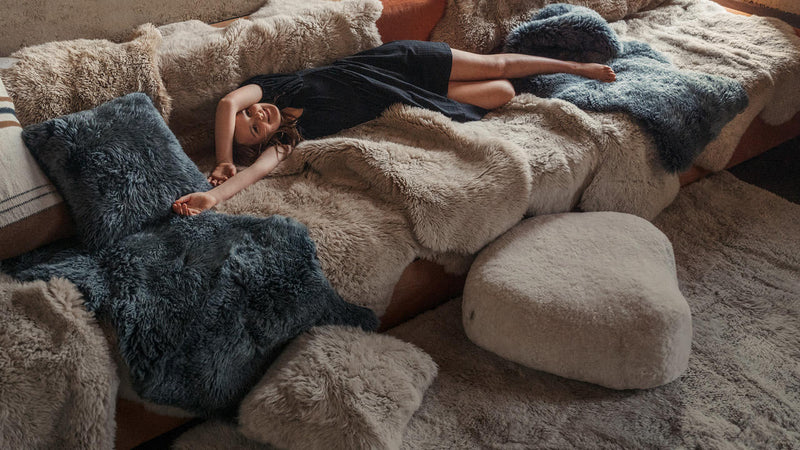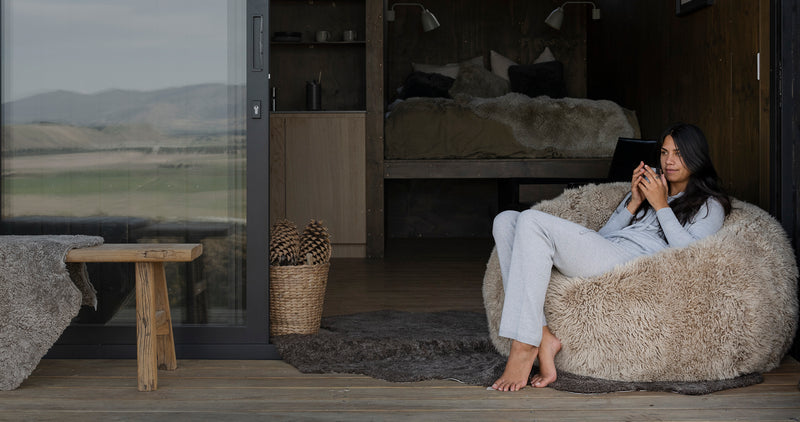There are many things to consider when selecting the ideal area rug or carpet for your home. There's which size and style of rug suits your room for starters.
But there's another important factor we sometimes overlook- whether your rug is suitable for allergy sufferers.

In this blog post we'll talk about hypoallergenic rugs. Which type of rugs are the most allergy friendly? What do you need to look out for when choosing a hypoallergenic rug for your home?
Can I be allergic to a rug?
People with allergies are often sensitive to dust mites, animal dander (fur/hair), bacteria, mould and mildew. All of these can happily survive in the fibres of carpet and area rugs. Even tightly woven rugs can play host to allergens which cause sneezing, itchy skin or asthma attacks.
If you share your home with allergy sufferers, you'll be pleased to know there are beautiful, modern and hypoallergenic rugs available that will help everyone in your family to breathe easy.
Can a new rug trigger asthma?
Sometimes a new rug can shed a little. When fibres are loose and we are moving about our homes, small particles can get released into the air, reducing your indoor air quality and causing asthma flare ups.
Usually new rugs don't shed for more than a week or two and simply vacuuming more often through these initial few weeks will help to protect indoor air quality.
How long does a new rug off-gas?
You may have heard the term "off gas' before. It refers to the process where chemicals (more technically known as 'volatile organic compounds' (VOCs)) release themselves from a newly made product in the form of a gas for a short time after production.
When choosing rugs it's important is to look at what material the rug is made from and how it has been manufactured. If your rug is made from pure wool, for example, it should not contain any VOCs and will not emit any gas.
What rugs are best for people with allergies?
Natural fibres like silk, wool and cotton have traditionally been used to make rugs and carpets. Synthetic fibres (nylon/polypropylene) are common these days and more and more we are seeing rugs made from recycled materials, like plastic bottles.
For allergy sufferers, rugs made from pure wool are ideal. Naturally occurring oils in the wool prevent dust mites, mould, mildew and other bacteria from taking hold and growing. Whether it's a soft shaggy sheepskin or a tightly woven pure wool carpet, the effect will be the same.
Similarly jute and sisal are good for allergy sufferers. Although not as soft, they are low pile rugs which are easy to clean. Allergens don't get trapped deep within jute or sisal fibres either.
What is the healthiest type of area rug?
Being hypoallergenic, anti-bacterial and easy to clean, wool rugs are an excellent choice from a health perspective. Other natural fibres like jute, sisal or cotton are anti-bacterial too and a good selection when you are looking to manage allergies.
Wool has other special properties that set it apart though - like its ability to 'breathe', draw moisture away from your body and regulate your body temperature. It can also absorb odours thereby helping to improve the indoor air quality of your room.
Are wool or synthetic rugs better for allergies?
Both wool and synthetic area rugs provide an environment where dust mites and other allergens struggle to survive. Both work best in a dry environment, where the air quality is clean.
Being man-made, synthetic rugs can be designed with hypoallergenic properties. Of course the downside of synthetics is that they are the complete opposite of natural - and there may be chemicals used in the production process that you would rather avoid.
Can I sleep in a room with brand new rug?
Yes! Having a new rug on the floor of your bedroom does not pose a health risk. Especially if that rug is made from pure wool which looks stylish and feels soft underfoot, but also doesn't play host to allergens or emit gas.
How do I get rid of dust mites in my rug naturally?
Try using a vacuum cleaner with an HEPA filter to remove allergens. They work really well for people with asthma, as they limit exposure to dust particles while vacuuming. It's important to empty the vacuum bag and clean your filter regularly.
Does baking soda get rid of dust mites?
Yes, baking soda can help to get rid of dust mites. It's quite a simple process:
- Sprinkle a generous amount of baking soda all over your rug
- use an upholstery brush or broom to rub it into the pile
- leave it on for 24 hours
- vacuum your rug or carpet clean.
Your rug should be free of dust mites, sparkling clean and beautiful!
Does hydrogen peroxide kill dust mites?
Hydrogen peroxide can be used to kill dust mites. However, it's a more risky substance (compared to baking soda) and not as effective as vacuuming with a HEPA filter. So you might want to try those two options first.
If you are tempted to use a hydrogen peroxide solution, always do a quick spot check for colour fastness before you apply it, as the solution may discolour carpets or area rugs.

